
Category: Blog
Your blog category
-

Integration of Renewable Energy into Smart Cities: Pioneering a Sustainable Future
Integration of renewable energy into smart cities marks a transformative step toward truly sustainable urban living. As cities around the world work to reduce their carbon footprint, renewable sources such as solar, wind, and hydropower are becoming foundational to modern urban planning. These clean energy systems are increasingly being embedded into smart city infrastructures through
-

Next-Generation Renewable Energy Solutions
What Are Next-Generation Renewable Energy Solutions? Next-generation renewable energy solutions refer to the latest advancements in technology aimed at optimizing energy production, storage, and distribution. Unlike traditional methods, these solutions focus on scalability, efficiency, and reduced environmental impact. Next-generation renewable energy solutions are reshaping the energy sector, offering a brighter and cleaner future. While challenges
-
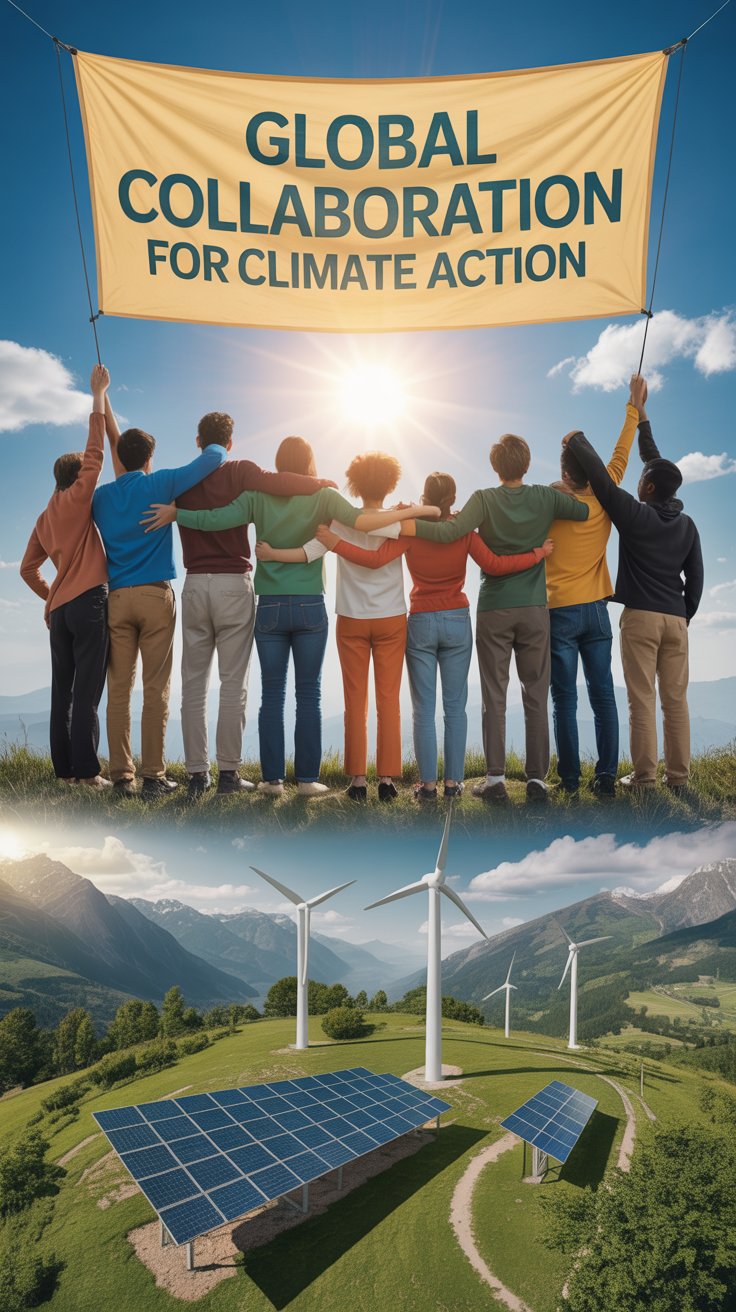
Global Collaboration for Climate Action: Uniting to Combat Climate Change
The escalating climate crisis demands immediate, collective action. Global collaboration for climate action has become the cornerstone of efforts to combat climate change, enabling countries, organizations, and individuals to work together toward a sustainable future. This article examines the significance of global collaboration and the key mechanisms that drive it and provides answers to common
-
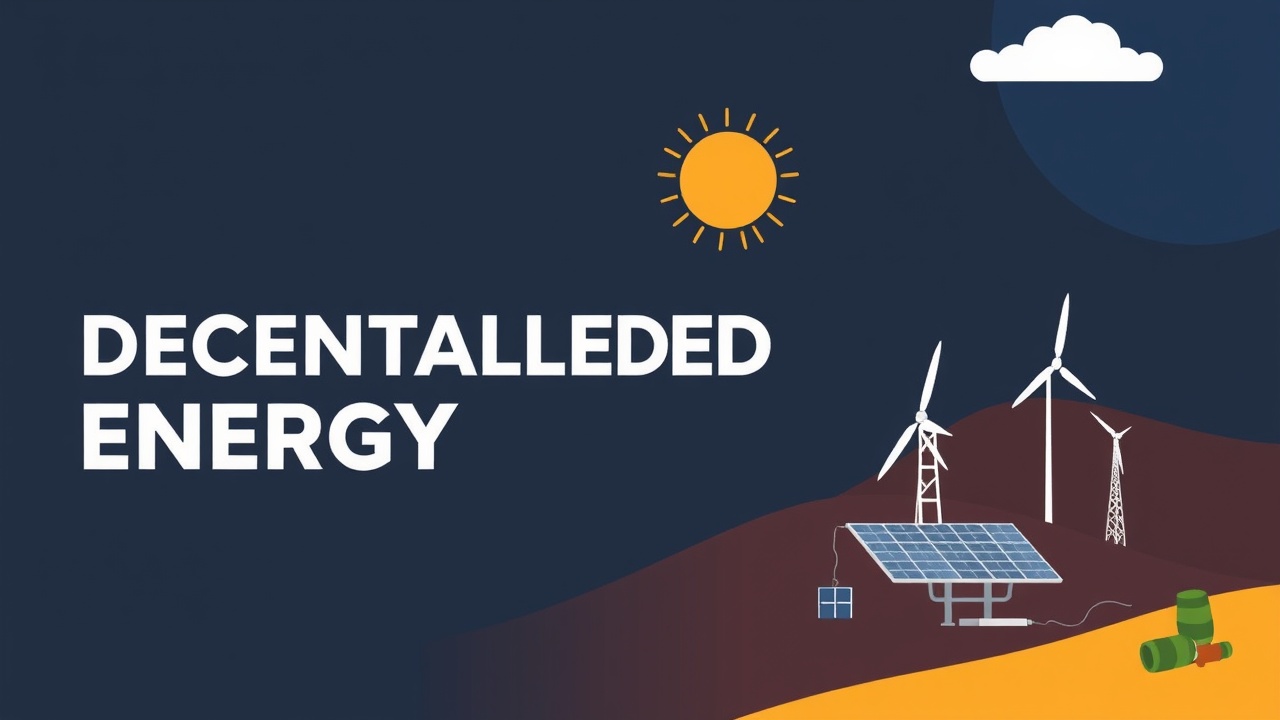
The Rise of Decentralized Energy: A Game-Changer for Resilient Power Systems
Decentralized energy, also known as distributed energy, refers to the generation of electricity from a variety of small, modular sources located close to the point of use. This contrasts with the traditional model of centralized power, where electricity is produced at large, remote plants and transmitted over long distances to end users. Local generation can
-
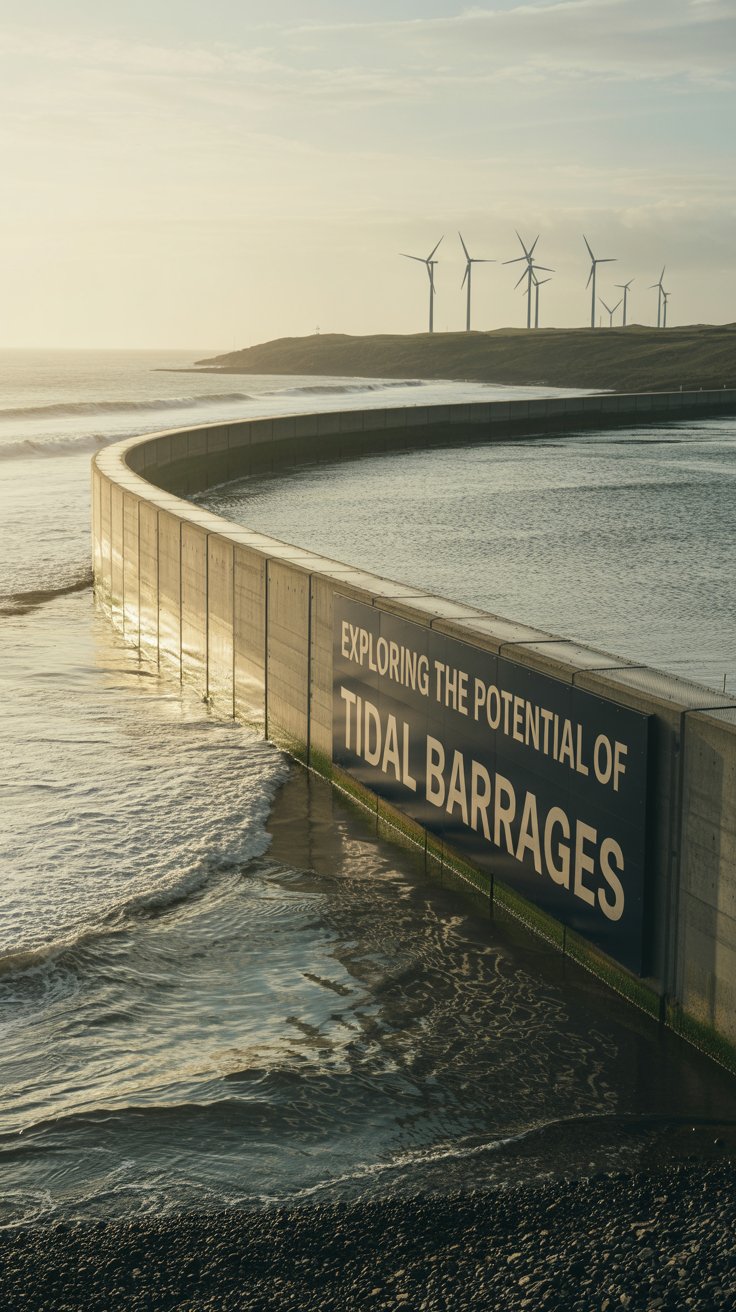
Exploring the Potential of Tidal Barrages
Structures built across river mouths or estuaries can capture the natural rise and fall of tides to generate energy. This renewable power source relies on the gravitational pull of the Earth, moon, and sun, which causes tidal movements. These systems operate by storing water during high tide and releasing it through turbines as the tide
-
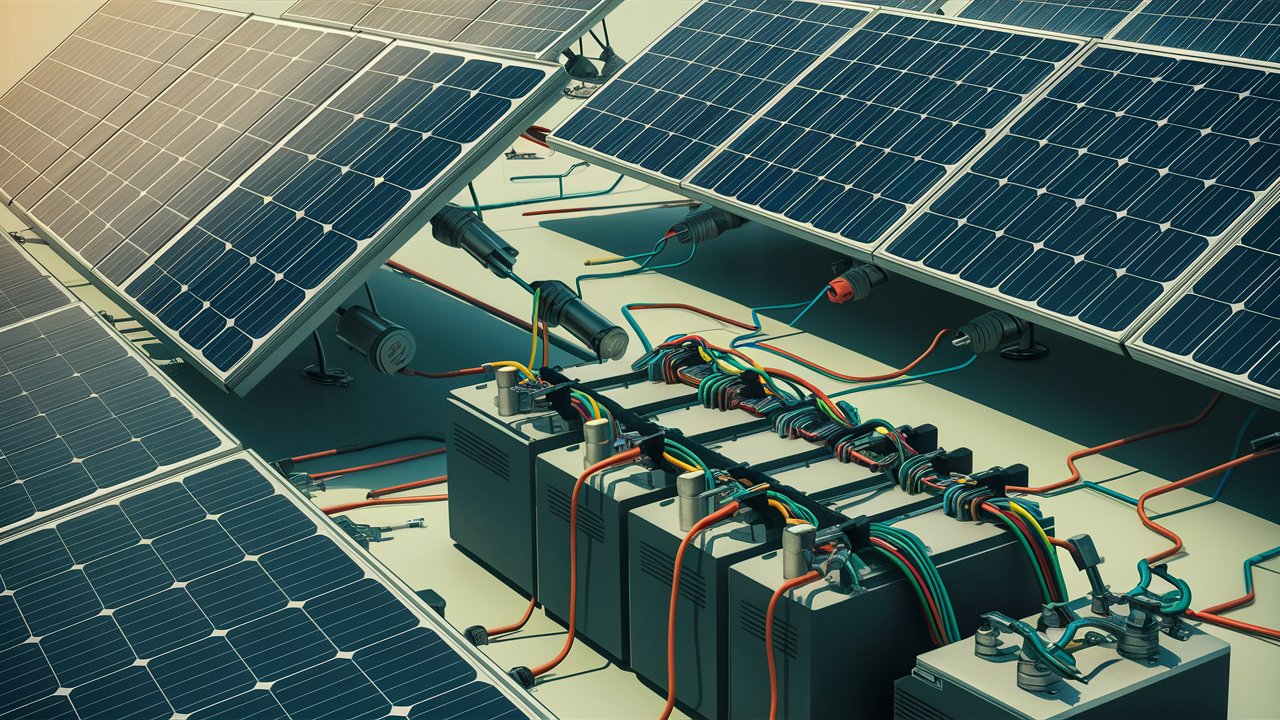
Advancements in Energy Storage Technology: Transforming the Future of Energy
Advancements in energy storage technology are revolutionizing how we store and utilize energy, paving the way for a cleaner, greener future. This article delves into the latest breakthroughs, their impact on the energy sector, and answers some of the most frequently asked questions. Advancements in energy storage technology are reshaping the energy landscape, making it
-
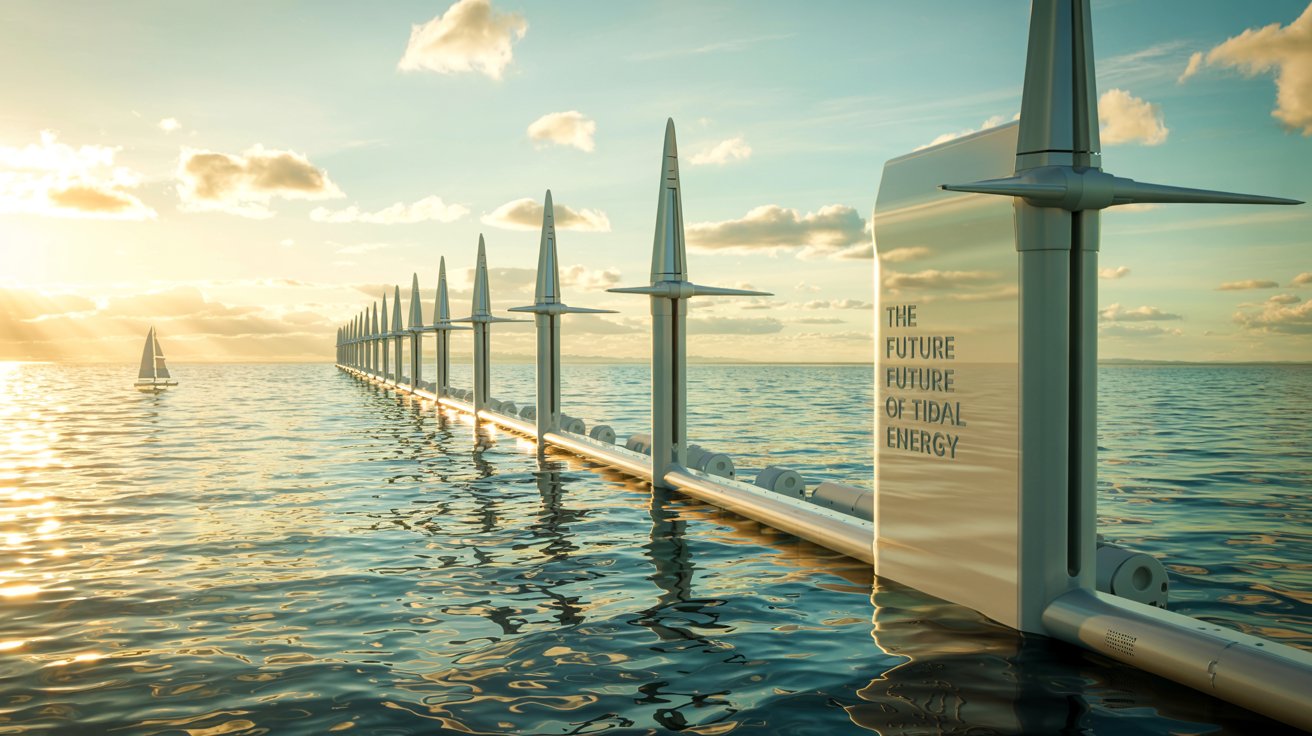
5 Top Countries Leading the Charge in Tidal Energy Production
Introduction As the world strives to transition to more sustainable energy sources, 5 Top Countries Leading the Charge in Tidal Energy Production have emerged as global frontrunners in harnessing the power of the oceans. Tidal energy, a form of renewable energy that captures the natural movement of tides, is gaining traction as an efficient and
-
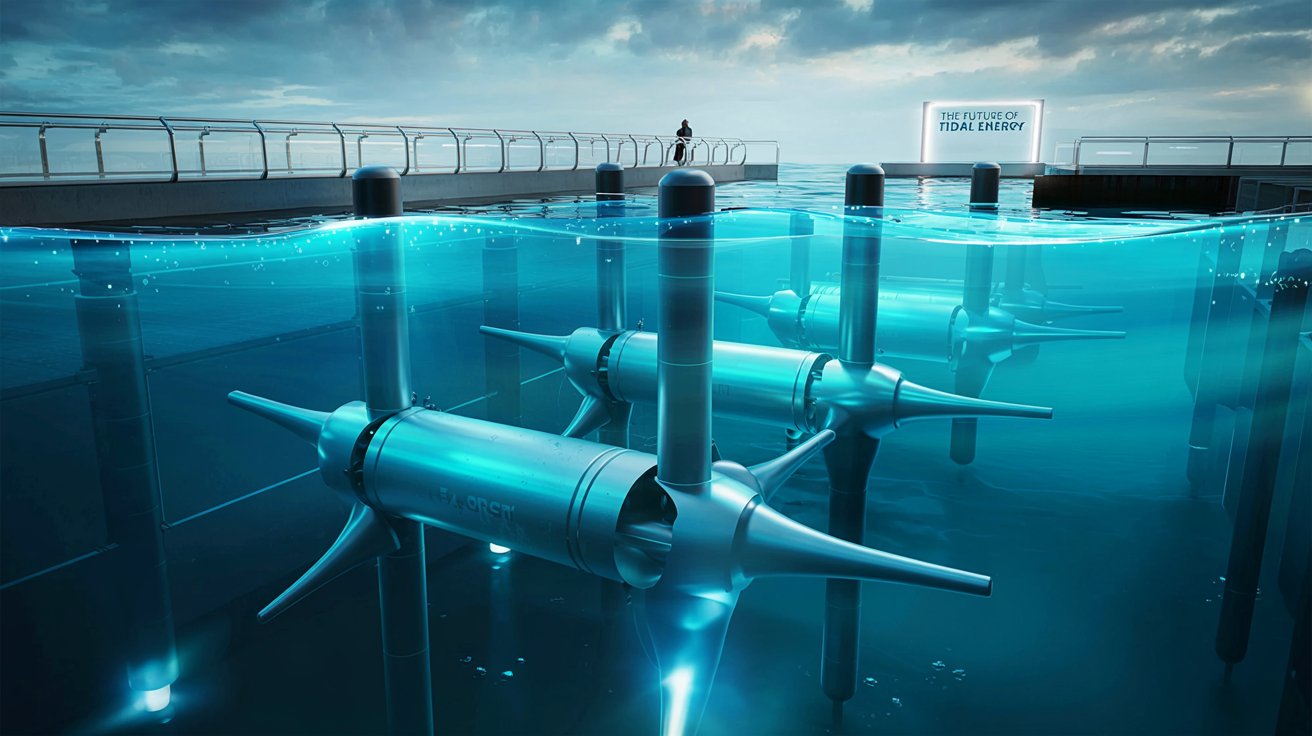
The Future of Tidal Energy: Innovations and Upcoming Projects
Introduction Tidal energy is a form of renewable energy that captures the kinetic and potential energy of ocean tides to generate electricity. There are two main types of tidal energy technology: tidal stream generators and tidal barrages. Tidal stream generators operate much like underwater wind turbines, using the natural movement of water to produce electricity.
-
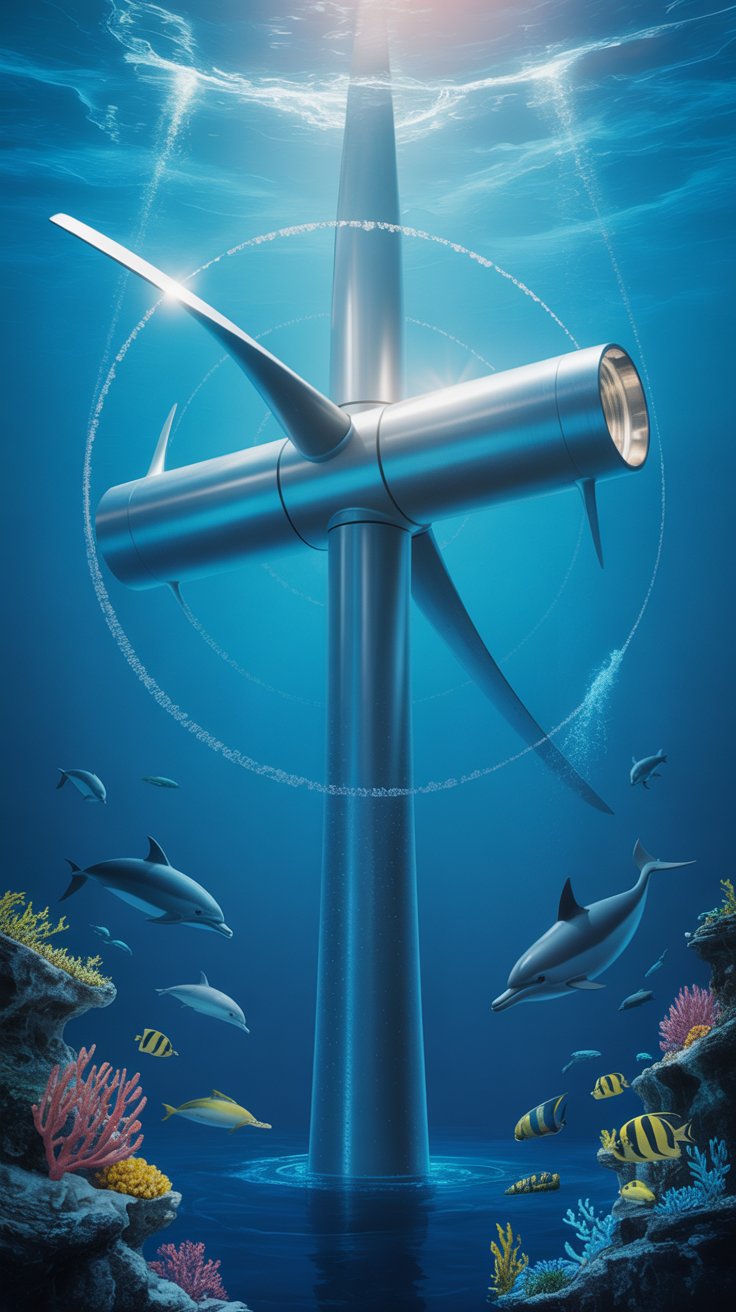
Environmental Considerations for Tidal Energy Projects: Balancing Sustainability and Ecosystem Protection
Introduction Tidal energy is often heralded as a clean and renewable solution to the world’s growing energy needs. However, environmental considerations for tidal energy projects are critical to ensuring that the transition to tidal power is both sustainable and environmentally responsible. While tidal energy offers significant benefits, including reduced greenhouse gas emissions and predictable energy
-
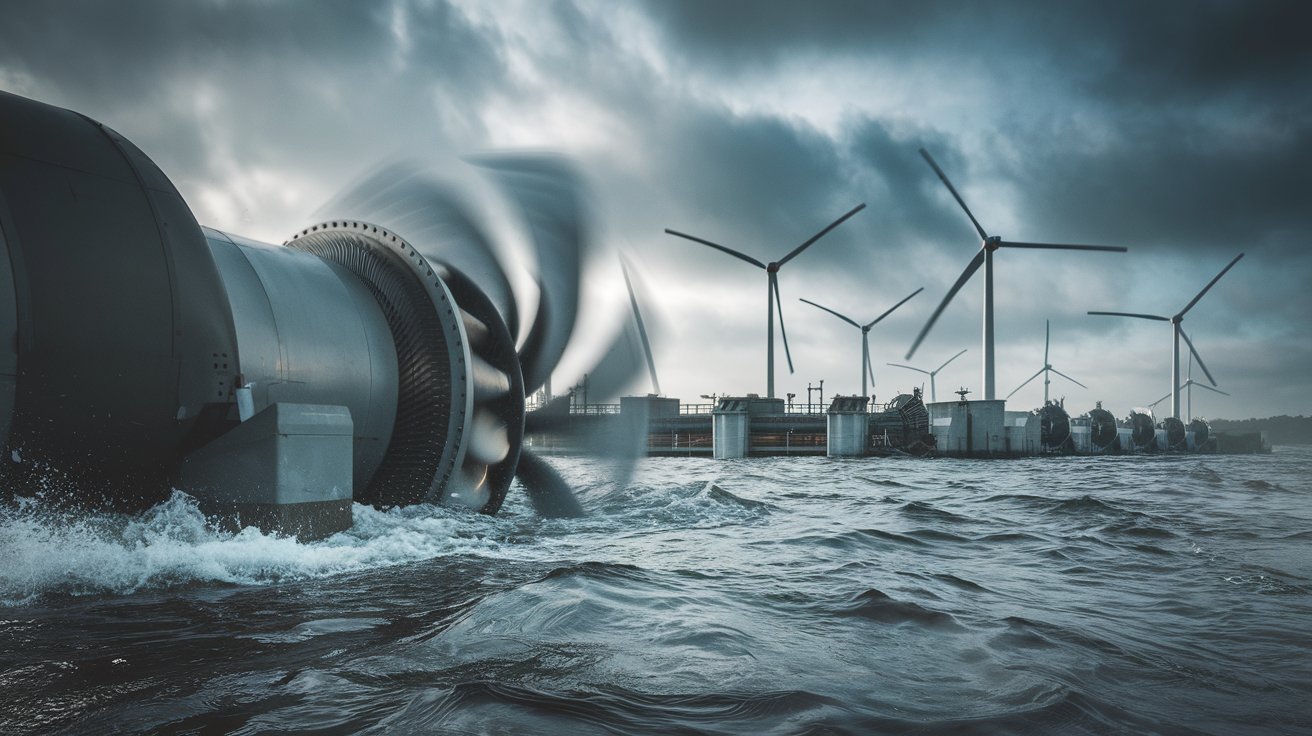
Potential Future of Tidal Energy Expansion
Introduction The potential future of tidal energy expansion is enormous, as countries around the world seek to tap into the power of the oceans for a sustainable future. Tidal energy is a renewable resource that harnesses the natural rise and fall of tides to generate electricity. Unlike solar and wind energy, tidal power is highly